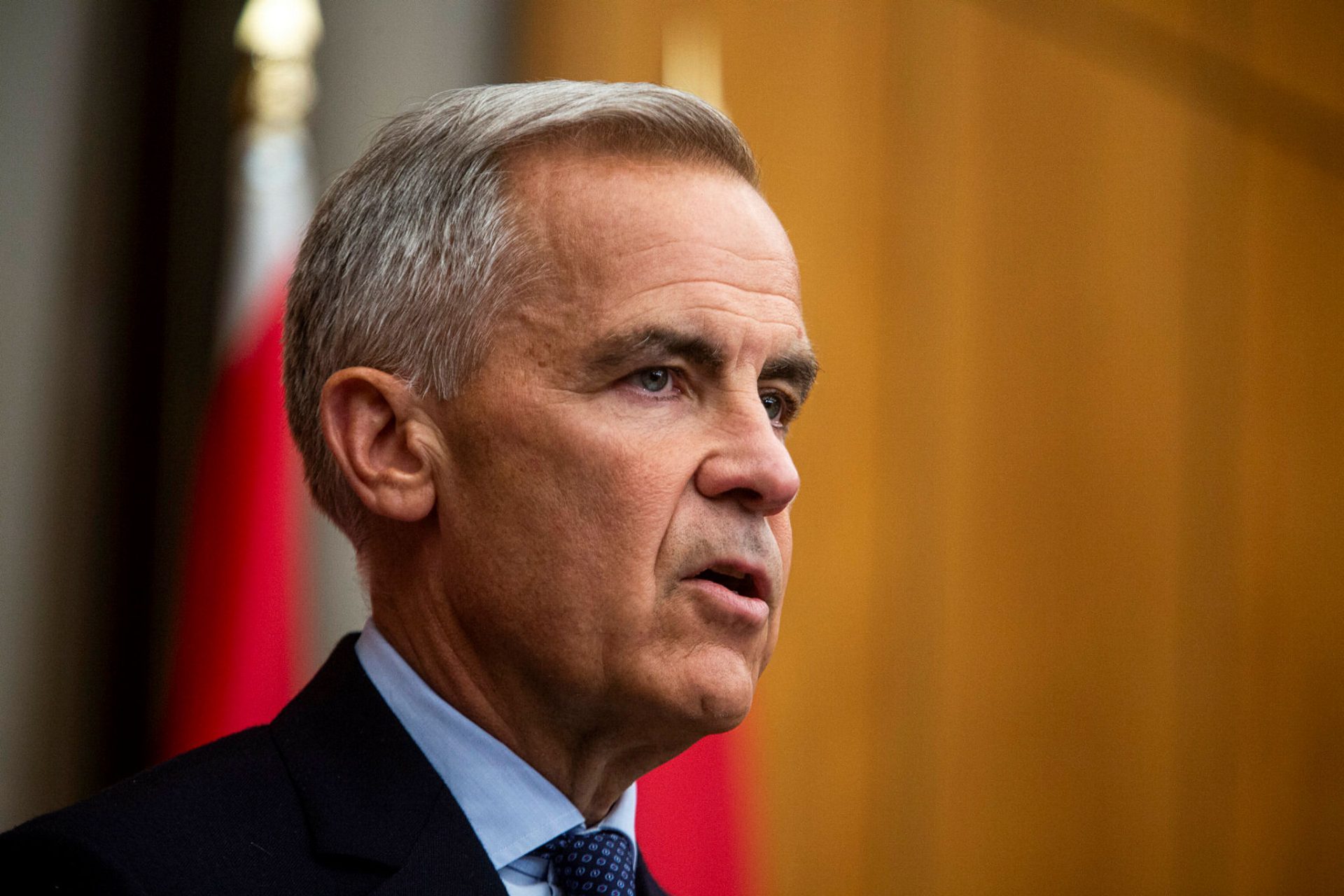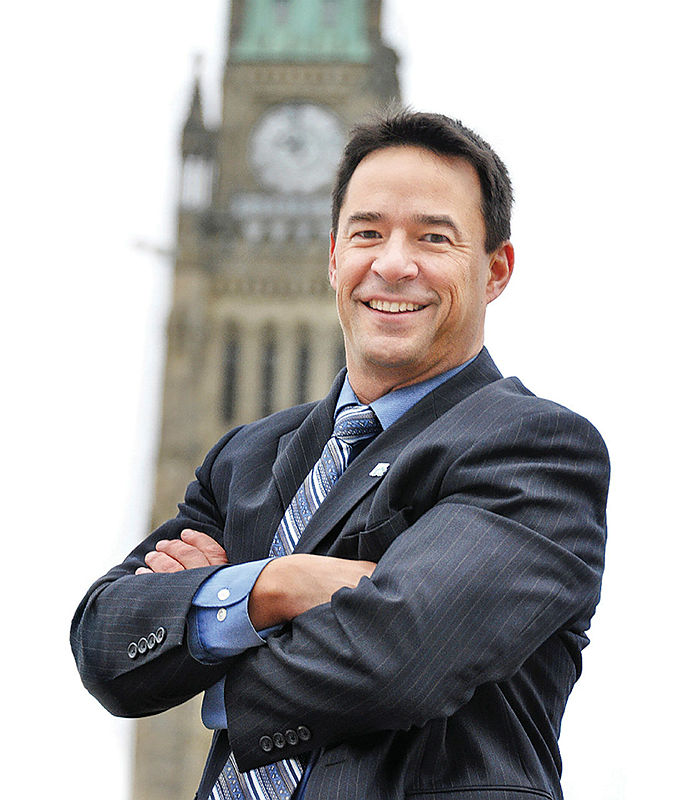Steel, auto sectors seek relief after latest ‘crushing’ tariff hike

Canada’s hardest-hit industries during the trade war with the United States, including the steel and auto sectors, are urging Ottawa to not back down in trade negotiations, but are also calling for further badly-needed domestic supports after the latest hike in steel and aluminum tariffs.
In an escalation of the ongoing trade war, the U.S. Commerce Department announced on Aug. 19 a significant expansion of the steel and aluminum products that would be subject to a duty rate of 50 per cent. The department announced that 407 product categories, including cutlery, mobile cranes, appliances, rail cars, heaters, and air conditioners would be added to the list of “derivative” steel and aluminum products covered by the sectoral tariffs.
Catherine Cobden, president and CEO of the Canadian Steel Producers Association (CSPA), said in an interview with The Hill Times that this tariff increase on products containing steel is another big blow to the integrated bilateral economy.
“Now it’s not just tariffs on steel moving across the border, but it’s also tariffs on products with steel contained within,” she said. “Certainly, it’s another blow, and another signal that really the U.S. has turned its back on a North American approach.”
On Aug. 22, Prime Minister Mark Carney (Nepean, Ont.) announced that Canada would remove all tariffs on goods from the U.S. that are covered by the Canada-U.S.-Mexico Agreement (CUSMA) by Sept. 1, although tariffs on steel, aluminum and autos would remain.
Following the Aug. 19 announcement of expanded U.S. tariffs on steel and aluminum derivative products, Cobden told The Hill Times on Aug. 20 that a trade deal with the U.S. doesn’t appear to be coming any time soon. She argued that sectors subject to the steel tariffs are being crushed, and Ottawa needs to respond with stronger counter-tariffs, and further steps to support domestic steel.
“You’ve got steel, aluminum, autos, auto parts, and now you have … a huge number of products that contain steel and aluminum getting crushed. Clearly, the impact on the Canadian economy is significant, and we just can’t wait. We can’t sit back at all. We must pivot hard,” she said.
“The facts are that we have a huge problem with unfair trade in our own market. So, the good news—if there’s any good news to be had—is that Canada has some things that it can do to protect its domestic steel industry further from what it’s already done.”
To help the domestic steel industry, Carney announced a number of measures on July 16. These measures included introducing tariff rate quotas (TRQs)—which allow a certain amount of steel to enter Canada with either a reduced tariff or tariff-free, while higher tariffs apply after reaching that limit—and a 50-per-cent surtax on certain steel goods entering this country from non-free trade deal nations.
Those measures were amended on Aug. 1, with the TRQs extended to countries that have a free trade agreement with Canada, with the exception of the U.S. and Mexico. For countries without a free trade deal with Canada, the quota for tariff-free imports was reduced to 50 per cent of 2024 levels.
Cobden called these measures important, but only first steps. She argued Ottawa needs to apply a 50-per-cent tariff on all U.S. steel entering this country.
In April, Finance Minister François-Philippe Champagne (Saint-Maurice—Champlain, Que.) announced a six-month “relief period” where certain businesses importing goods from America used in manufacturing, processing, and food and beverage packaging—which may include steel or aluminum—would not have to pay Canada’s counter-tariffs.
The CSPA called this reprieve on U.S. steel used in manufacturing and processing “ill-advised,” in an Aug. 21 press release. The organization is calling for a crackdown of foreign steel and indirect steel by tightening the allowable volumes within the TRQ to 20 per cent.
“Far too much U.S. steel is coming in now, un-tariffed. It’s a free pass for them, and yet we can’t move steel south of the border without paying a 50-per-cent tariff,” said Cobden.
If the government were to implement retaliatory tariffs on the U.S., and reduce the TRQ to a lower volume, that would help the steel sector, Cobden added.
David Adams, president and CEO of Global Automakers of Canada, told The Hill Times that if duty-free access to the American market cannot be secured, than Canada needs to find a home for those products abroad.

“I think export promotion support—the whole building broader trade channels and dialogue with other countries around the world—probably makes a lot of sense,” he said.
“Part of it could be financial, in terms of assisting the companies to take advantage of export opportunities, but I think it’s also just building the relationships with jurisdictions and countries where, certainly our members maybe [don’t] have a lot of relationships … because our main customer for all the exports was the United States.”
Another way to support the auto sector could be through training and up-skilling workers, according to Adams.
“Anytime you have things slowed down … what would you do with the workers? Yes, I suppose you can lay them off, but the other option is to work on training them and keeping their skills up to date, and also training them in new processes that might be integrated into the assembly facility, whether some of that might be artificial intelligence or machine process control,” he said.
Adams argued that when it comes to trade talks, no deal would still be better than a bad deal because of the planned review of the CUSMA coming in July, 2026.
“If we give away things now to get a short-term trade agreement, then those would be some of the same things that, presumably, are going to be used as negotiating tools in the [CUSMA] review,” he said.
“It doesn’t make sense to give away the farm for a short-term agreement that maybe doesn’t totally address your needs, only to know that you’re going to be in further negotiations where more is going to be asked of us.”
On Aug. 18, Carney and Ontario Premier Doug Ford met on Parliament Hill to discuss how to make Canada globally competitive, considering the difficulty of securing a trade deal with the U.S. On his way into the meeting, Carney said he and Ford would focus on aspects of the domestic economy that “we can control,” such as steel, the housing sector, autos, or artificial intelligence.

Kevin Lee, CEO of the Canadian Home Builders’ Association, told The Hill Times that the most significant harm caused by the trade war is the damage to consumer confidence.
“When you get a slowing economy, you invariably get slower construction—both new construction and renovation work—and that’s where the real challenge is, and we’re really seeing it, especially in Ontario and British Columbia,” he said.
To help address housing affordability, Carney announced in March an elimination of the Goods and Services Tax (GST) for first-time homebuyers on homes at or under $1-million.
Lee said that, at this point, that GST relief should be applied to all homebuyers.
“Obviously, first-time homebuyers are a good target, and they’re the ones that need the most help. [But] … it’s a smaller portion of first-time buyers that are buying in new construction. So, if we’re really trying to spur more development, which we are … we really need help for all buyers, which make up a bigger portion of the markets in new housing construction,” he said.
“And if you’re able to help the move-up buyer, then that frees up entry-level housing in the existing housing market.”
Eric Johnson, vice-president of government relations for the Forest Products Association of Canada (FPAC), told The Hill Times that the long-term solution for his sector is “honest and earnest trade negotiations,” because Canada can never detach itself economically from the U.S.

“When we take a look at domestic demand, the signals to use Canadian lumber, the efforts to try to increase the demand to offset lumber heading into the U.S., all of that is good,” he said.
“But the reality is this sector, due to the proximity, the ease of transportation, the long-standing relationships that we have with the U.S., we’re never going to diversify away completely.”
Carney announced a $1.2-billion support package for this country’s softwood lumber industry on Aug. 5, to help address increased U.S. tariffs and market dependence. The package includes $700-million in loan guarantees and $500-million in grants and contributions for product development and market diversification.
Johnson called this support package helpful in the short term.
“It will certainly allow businesses to make decisions or push decisions out that are best for them. It won’t save every mill or every job, but it will save some,” he said.
The U.S. Commerce Department announced on Aug. 8 an increase in countervailing duties on Canadian softwood lumber from 6.74 per cent to 14.63 per cent. Combined with anti-dumping duties announced in July, Canadian lumber is now subject to duties of more than 35 per cent.
“From a sector perspective, we can’t control the other side, but anything we can do to try to [incentivize] the U.S. to sit at the table and constructively negotiate an agreement to softwood within the frame of CUSMA would be incredibly helpful,” said Johnson.
jcnockaert@hilltimes.com
The Hill Times






 LICENSING
LICENSING PODCAST
PODCAST ALERTS
ALERTS













